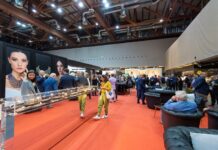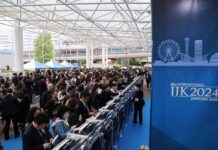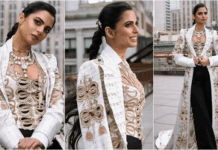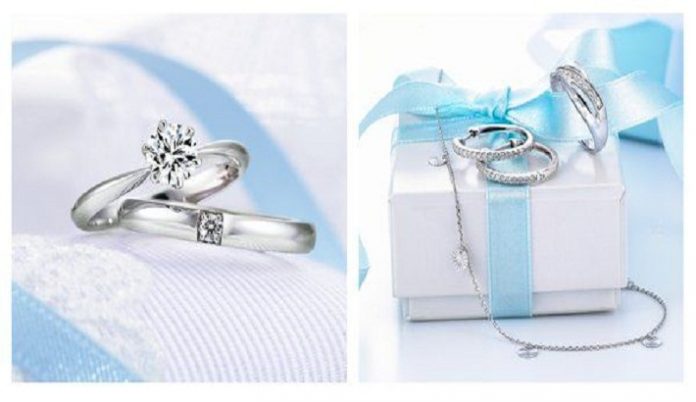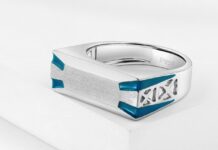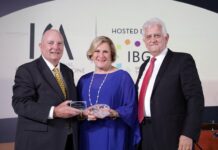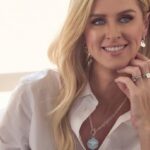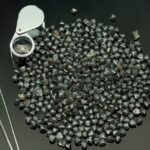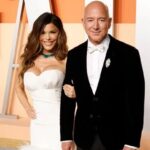Platinum Guild International yesterday provided a brief glimpse into its latest study: Insight August 2019: Japan – Sustaining Growth of Platinum Jewellery Demand in an Ageing Society.
Examining the contours of demand in a country with the highest per capita consumption of platinum jewellery in the world, PGI said in a press release: “In luxury markets around the world, the focus largely remains on millennials and Gen Z, however, Japan’s social and market exceptionalism has been shown yet again in Platinum Guild International (PGI)’s latest Insight report. Within the new report, research reveals that with evolving cultural distinctions and changing demographics, Japan’s more mature, female population also contributed to sustained growth in the jewellery sector.”
For many decades now, Japan continues to be a key market for platinum. Apart from the fact that Japan can boast the highest per capita consumption of platinum jewellery in the world, platinum “is considered the go-to white metal in higher-end jewellery” in that country. The annual average growth rate for this segment was 2.4% in retail ounce sales between 2013 and 2018 in Japan.
Huw Daniel, Platinum Guild International CEO commented: “In the latest Insight report, we can see there is a shift in society, which is shaping consumer behaviour in a way that is impacting demand across consumer segments. This insight has led to crucial findings in how to adapt marketing for continued growth.”
The platinum wave in Japan began in 2012, when platinum began taking market share from white gold. PGI observes that Japanese consumers are willing to pay “a price premium” for platinum jewellery over 18K gold. This, the organisation opines, stems from the continued perception that “high quality jewellery is platinum”.
“In 2018, 42.4% of platinum jewellery unit sales of Pt950 (95% of platinum) or above were up from 27.0% in 2012, while white gold purity levels have declined, with share of low purity (10k or below) almost doubling from 11.2% in 2012 to 20.4% in 2018,” PGI stated.
Moreover, growth of platinum jewellery sales in the past six years shows the continuous popularity of platinum jewellery among Japanese consumers, PGI notes.
PGI attributes the increasing popularity of platinum to its qualities of high purity, prestige, subtlety and value, which the organisation believes are important to the women of Japan.
On its part, since its establishment in 1975, PGI has worked closely with industry partners to contribute to the programmes which have led to a platinum preference by Japanese women.
“Platinum is in synergy with Japanese concepts of design; pure and authentic, precious with clarity,” said Hisako Hankinson, President of PGI Japan K.K. “These traits are clear signifiers of why the precious metal continues to find particular success in Japanese cities and among consumers who are looking for meaning in their jewellery.”
Also, PGI has not limited itself to the bridal market, but has created other occasions like their decade-long “Thanks Days Platinum” anniversary gifting programme, targeted to couples in their 40s and beyond. “Yet, the increasingly ageing demographic combined with the higher purchasing power of female consumers provide new opportunities among Japan’s mature women,” noted PGI.
The latest Platinum Usage & Attitude survey by PGI reveals that 49% of Japanese women in their 40s bought platinum jewellery for themselves, and that figure rose to 67% for women in their 50s and 60s.
“Despite the falling number of marriages and ageing population, platinum jewellery continues to be relevant to affluent, mature consumers with targeted collaborations,” PGI said. “Last year PGI launched three proprietary collections with leading industry partners to target mature and affluent consumers who already prefer and are heavy shoppers of platinum: Platinum Den, New Me and Hello Me, Platinum.”
New Source : gjepc.org
Disclaimer: This information has been collected through secondary research and TJM Media Pvt Ltd. is not responsible for any errors in the same.






